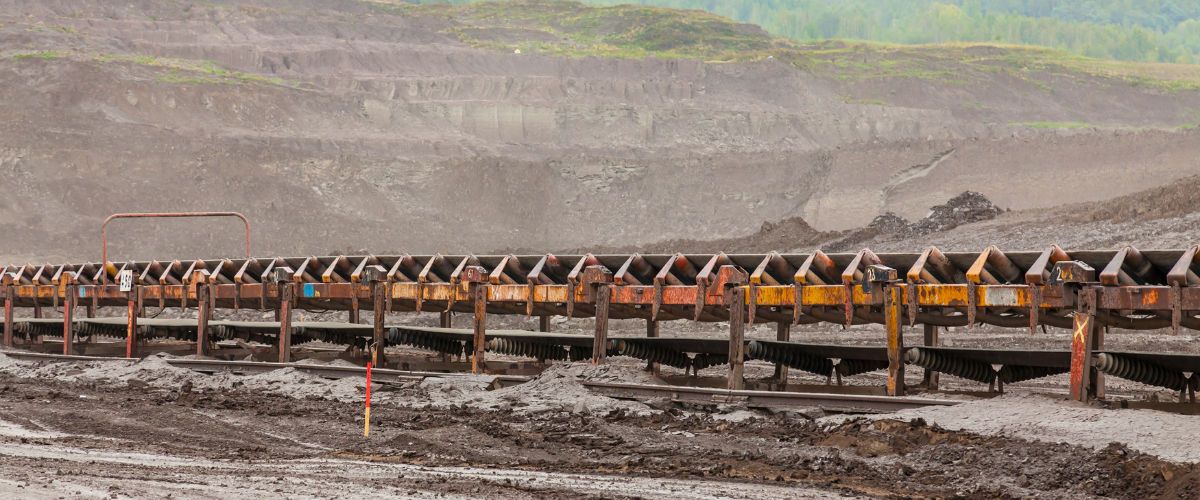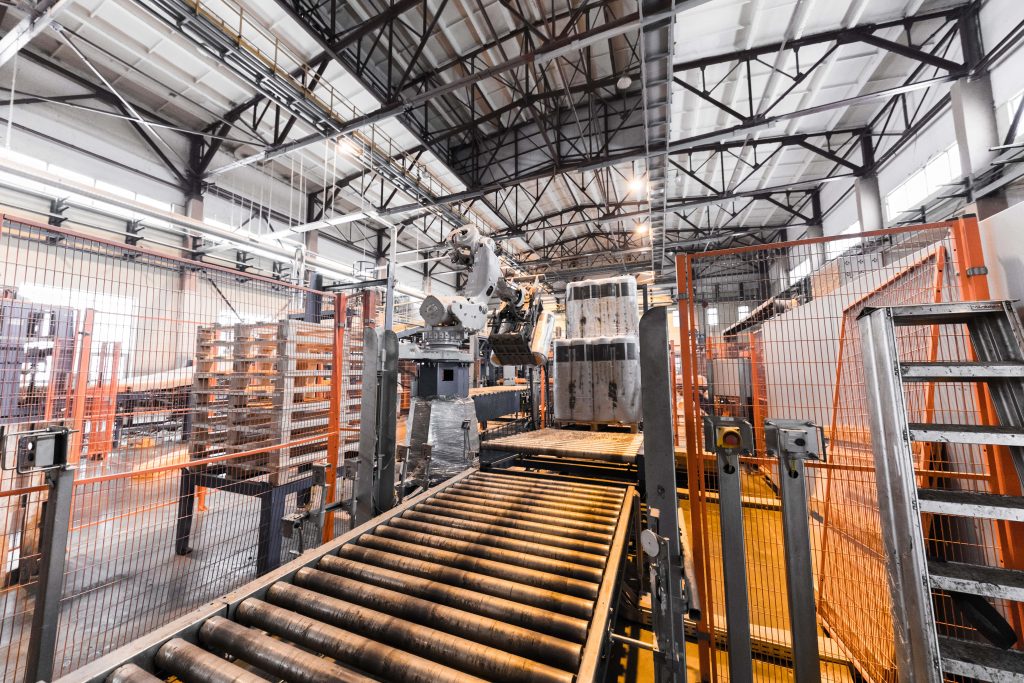
Effective predictive maintenance on conveyors
May, 06 2021
As an essential part of the production line, industrial conveyors are built to last and are often chosen because they are far more efficient than existing means of transport. Their continuous flow enables materials to be transported over relatively long distances, but in the event of a breakdown, the company is likely to experience a considerable loss of production. Professionals in various industries implement preventive maintenance on conveyors to limit the consequences of wear and tear. IoT provides the opportunity to go further and to deploy innovative predictive maintenance solutions.
Warning signs of an imminent breakdown
Conveyors are very often used in various sectors: Mining, Construction, Agriculture, Food processing, etc… They are manufactured to withstand extreme conditions, such as transporting abrasive materials or materials with extreme temperatures. The service life of a conveyor is often estimated in years or hours of operation. A maintenance plan is then developed based on this data to maximize its use. But it is difficult to monitor their use to estimate their remaining service life, as the personnel in charge of the equipment often differs over the years.
Companies are mainly focused on avoiding unexpected breakdowns at all costs, and consequently the momentary shutdown of a plant or site. Moreover, outsourcing maintenance to an external service provider is costly and inspections are not permanent.
The warning signs of a potential failure are often the same:
Shocks causing vibrations (which damage the equipment in the long term)
Excessive temperature
Tears that can quickly become total failures
In order to keep a track on these indicators, it is necessary to monitor several specific parts of the conveyor that are continuously in motion. It is essential to have sensors that can be adapted to the different units (gear box, side idlers, pulleys…).

Predictive maintenance on conveyors
Thanks to the technological advances brought by IoT, more and more companies are deciding to prevent breakdowns through predictive maintenance. It is vital to calculate the number of hours of operation to optimize the reliability and uptime of conveyors. We can divide the process of predictive maintenance for conveyor belts in the following 3 steps :
Step 1
Define the key parameters specific to each part of the conveyor that will be measured by sensors in real time.
Step 2
Process the generated data to obtain vital information on the condition of various parts.
Step 3
Finally, access the information through an easy-to-use interface, enabling quick action if necessary.

Vibration measurement : It happens that the conveyor rollers turn, but the belt does not. The solution detects this malfunction by measuring the vibration, and sends an alert to the person responsible for maintenance in order to avoid a breakdown.
Weight measurement : On a V-shaped belt conveyor, the material is sometimes not evenly distributed due to a roller defect. Only one part of the belt is then overloaded, causing excessive wear to the equipment. When the weight sensor detects an anomaly, an alert is sent to restore the roller position.
Temperature, speed measurement & oil leak detection : are other parameters to be monitored continuously. Due to intense vibration on the gear box, there can be a possibility of oil leakage and a long shut-down period can be avoided through innovative solution.
Many companies use SCADA systems to monitor their operations, but IoT solutions are now taking remote monitoring to the next level. Coupled with satellite connection, they allow to have a follow up on conveyors even in white zones or most isolated areas.
If you want to know more about the mining industry click here
And for more information please contact us !



